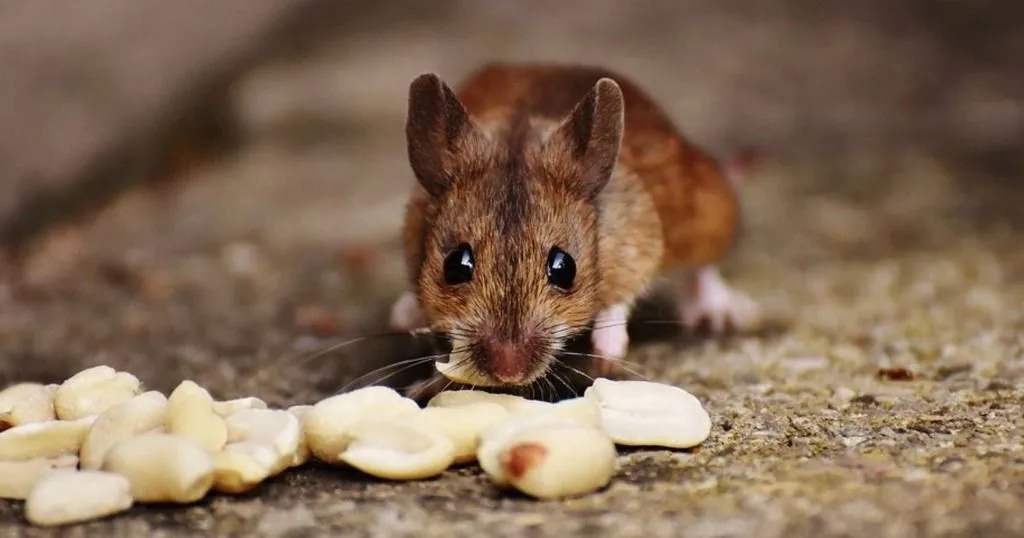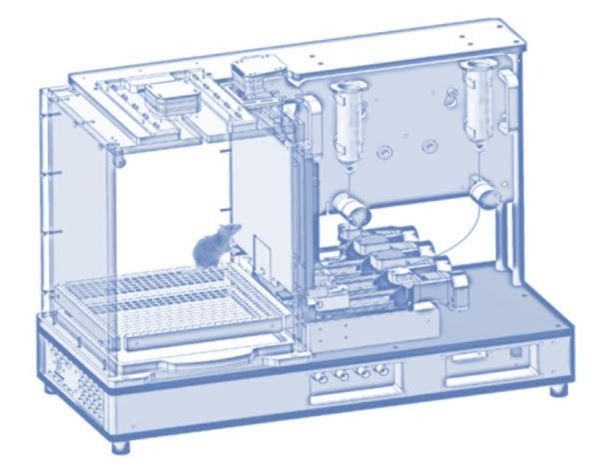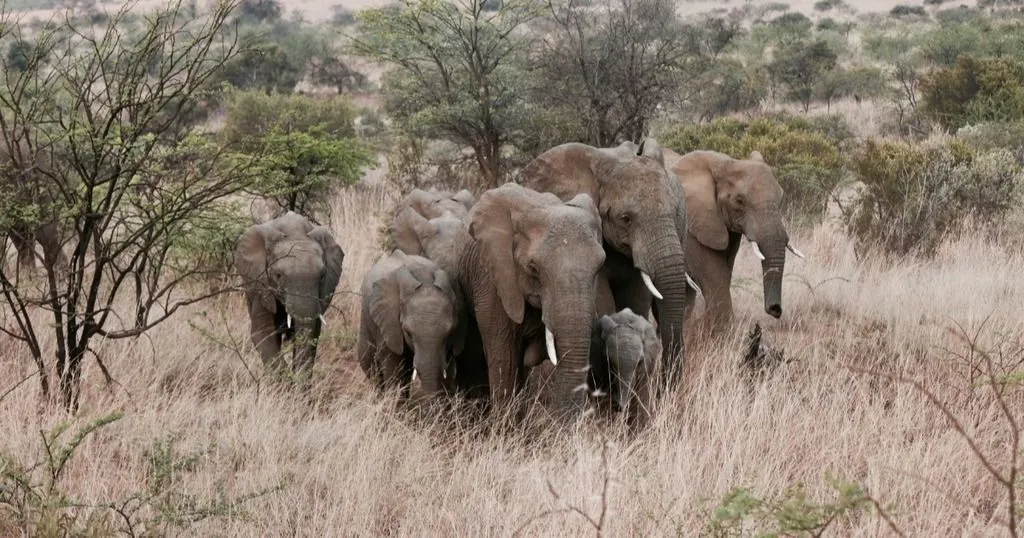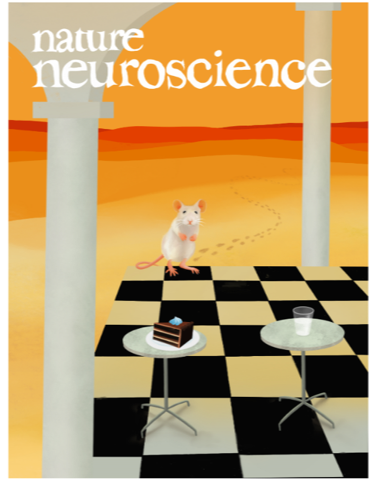Mimicking human decision-making in a mouse model
Choosing the appropriate behavioral test can be a challenge, but is very important. And sometimes, researchers will have to develop their own.
Posted by
Published on
Tue 13 Jul. 2021
Topics
| Cognition | Eating Behavior | Mice |

Assays to test the cognitive behaviors in animals have been widely used for decades. The choice of the appropriate behavioral test is arguably one of the most important factors for measuring the desired behaviors and parameters.
Testing cognitive behavior in animals
There are many different paradigms, including mazes and operant chambers, to test an animal’s cognitive function, learning and memory, as well as anxiety and other disorders. On rare occasions though, researchers have to develop a new paradigm to test questions that have not been explored in experimental animal laboratories yet.
Decisions to eat or drink
One of those questions, that is especially relevant in our society with ever growing obesity rates, is how humans make decisions to either eat or drink. This is a complex question that involves many different variables, including the time and size of the last meal, internal hormones, daily routines, and the external environment (e.g. being at a social dinner with friends).
Interestingly, clinical research suggests that we humans are not particularly good at evaluating whether we are truly hungry or thirsty. A lot of our daily decisions to eat or drink might be driven by habits and cues in our environment, rather than an actual need.
This led healthcare professionals to advice drinking a glass of water before eating as an appetite-reduction approach. However, the mechanisms for why we would confuse hunger and thirst are unclear and could give important clues for developing preventative behavior recommendations.
Novel paradigm that mimics key elements of human decision-making
Researchers from the Howard Hughes Medical Institute recently discovered the neural mechanisms underlying the decisions to eat or drink by developing a novel paradigm that mimics key elements of human decision-making in mice. These key elements include: a similar behavior to obtain food and water, hydrated food, and alternating between states of thirst and hunger.
Ethologically relevant food source
To mimic a similar behavior to obtain water and food that compares to humans going to the fridge or faucet, mice had to press a lever in a two-alternative forced choice task.
But unlike a standard dry food pellet, the food option was a hydrated gel to mimic a similar water content that resembles natural food sources like vegetables and meat. Hydrated food is ethologically more relevant than dehydrated food, as dry pellets become aversive in thirst and, thus, simplify the decision-making process.
Custom behavioral apparatus
To accurately deliver compressible, gelled food and test a variety of behavioral parameters simultaneously, the scientists built a custom behavioral apparatus (see Figure for more details).

Custom designed behavioral apparatus with pneumatic actuator for reward delivery, capacitive lick detection, and field programmable gate array (FPGA) circuits for controlling and monitoring stimuli, and motorized levers and spouts, with behavioral video images from two separate cameras.
Need-state switching
Lastly, humans switch between being hungry and thirsty within a couple of hours (sometimes minutes), whereas in most rodent studies, animals are held constant in either thirst or hunger for many days or weeks. To assess realistic decision-making, the scientists frequently alternated mice between being hungry and thirsty.
Food Bias
The group found that when those key elements were combined in this novel approach, mice developed a food bias: Regardless whether the animal was hungry or thirsty, it would first consume food before eventually switching to water when thirsty. In fact, when the research team inactivated the part of the brain that is responsible for decision-making and outcome evaluation (the medial Prefrontal Cortex, mPFC), thirsty mice “got stuck” eating food instead of drinking water.
Drinking water as a habit
The authors of this recent publication in Nature Neuroscience showed that this food bias could be reversed by developing a habit to drink water, similar to what health professionals recommend to overweight patients. Reaching for food is a behavior that is easily formed into a habit that does not depend on the resource-intense mPFC. However, building a water-seeking habit (i.e. when in doubt, reach for a glass of water) can overwrite the urge to mindlessly reach for food even in the absence of hunger.
Important insights for new strategies and treatments for obesity
These findings are a fundamental step towards understanding how the brain guides ingestive choices and provide a causal link for the involvement of the mPFC in evaluating physiological states like hunger and thirst, which was previously only observed in humans. These insights will aid in the development of new behavioral strategies and treatments addressing obesity and other eating disorders.
Measuring cognitive functions in animal models does not always require investing the time and energy to develop and validate a new paradigm or custom-built behavioral chamber. There are many turn-key solutions available for studying decision-making, memory, or motor learning, that are well-established and reliable.
Contact us to learn more.
References
Eiselt AK, Chen S, Chen J, Arnold J, Kim T, Pachitariu M & Sternson SM (2021) Hunger or thirst state uncertainty is resolved by outcome evaluation in medial prefrontal cortex to guide decision-making. Nature Neuroscience 24, 907-912.
Related Posts

What a horse likes to eat: how to test dietary preferences

Beautiful birds and UV – What we cannot see


